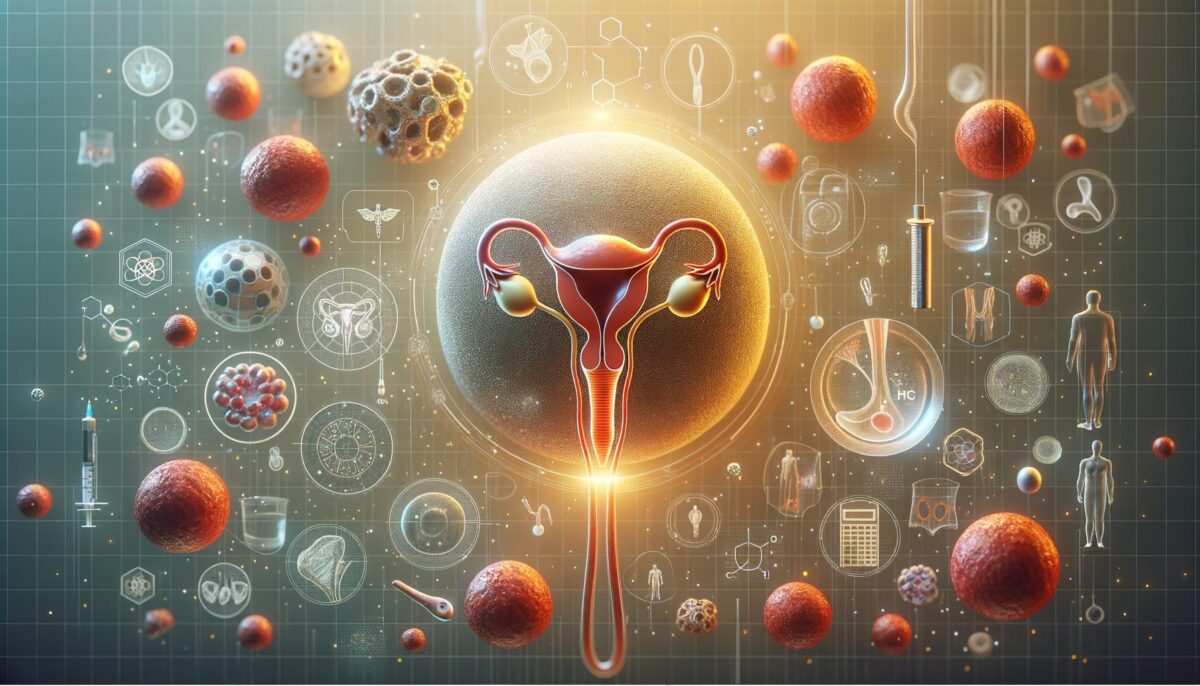Understanding Bladder Cancer and Its Early Signs
Bladder cancer is a condition that primarily starts in the cells lining the bladder, known as transitional cells. Recognizing the early signs of bladder cancer is crucial for early diagnosis and treatment, which often leads to better outcomes. Common initial symptoms include blood in the urine, frequent urination, and experiencing pain during urination. However, these symptoms can be mistaken for other conditions, so it’s important to consult a healthcare professional for accurate diagnosis. Early detection allows for a wider range of effective treatment options, underscoring the importance of awareness about this condition.
Surgical Treatments for Bladder Cancer
Surgical intervention is often a foundational method for treating bladder cancer, especially in cases detected early. Various surgical treatments can be considered depending on the stage and extent of the disease:
- Transurethral Resection (TURBT): Frequently employed when cancer is superficial, TURBT involves removing the tumor through the urethra.
- Radical Cystectomy: This procedure entails the removal of the entire bladder and is considered for more invasive bladder cancer.
- Partial Cystectomy: Involves removing only part of the bladder and is an option when cancer is localized and minimal.
Surgery aims to physically remove cancerous tissues, but it comes with risks, including the potential for recurrence. Therefore, additional treatments are often recommended.
Non-Surgical Therapies and Their Role
In addition to surgery, non-surgical treatments play a vital role in managing bladder cancer, especially for patients who are not suitable candidates for surgery or when cancer has spread:
- Intravesical Therapy: This involves placing cancer-fighting drugs directly into the bladder. It’s often used after TURBT to kill any remaining cancer cells.
- Chemotherapy: Administered intravenously or clinically, chemotherapy uses drugs to target and kill cancer cells, often recommended when cancer has spread beyond the bladder.
- Radiation Therapy: Utilizing high-energy rays, radiation therapy targets cancer cells and helps in reducing tumor size, often used in conjunction with chemotherapy.
Combining therapies can be effective, enhancing the overall therapeutic impact.
Advanced Treatments and Emerging Research
Recent advances in medicine have bolstered the arsenal of treatments available for bladder cancer. Immunotherapy, for instance, helps in boosting the body’s immune system to fight cancer more effectively. It’s particularly beneficial for advanced stages of bladder cancer.
- Checkpoint Inhibitors: These drugs aid the immune system in recognizing and attacking cancer cells more efficiently.
- Targeted Therapy: These therapies specifically target cancerous cells and mitigate damage to normal cells, minimizing side effects.
Cutting-edge research continues to explore new avenues, including the development of personalized medicine tailored to individual genetic profiles.
The Importance of Monitoring and Follow-Up
Even after successful treatment, bladder cancer patients require regular monitoring to detect any recurrence early. Vigilant follow-up care is critical to manage any emerging issues post-treatment. Regular check-ups, imaging tests, and lab evaluations are part of the standard protocol to ensure the cancer remains in remission. Moreover, lifestyle changes such as a healthy diet, adequate hydration, and avoiding smoking can support overall health and potentially reduce recurrence risks.
Conclusion
Bladder cancer treatments encompass a diverse array of strategies, each tailored to the specific needs and conditions of the patient. With advancements in medical research, options like surgery, chemotherapy, radiation, and immunotherapy provide hope and effective management of the disease. Recognizing the early signs of bladder cancer enables early intervention, offering the best possible outcome. Continuing research and personalized treatments promise a forward-looking approach to tackling this formidable disease.
